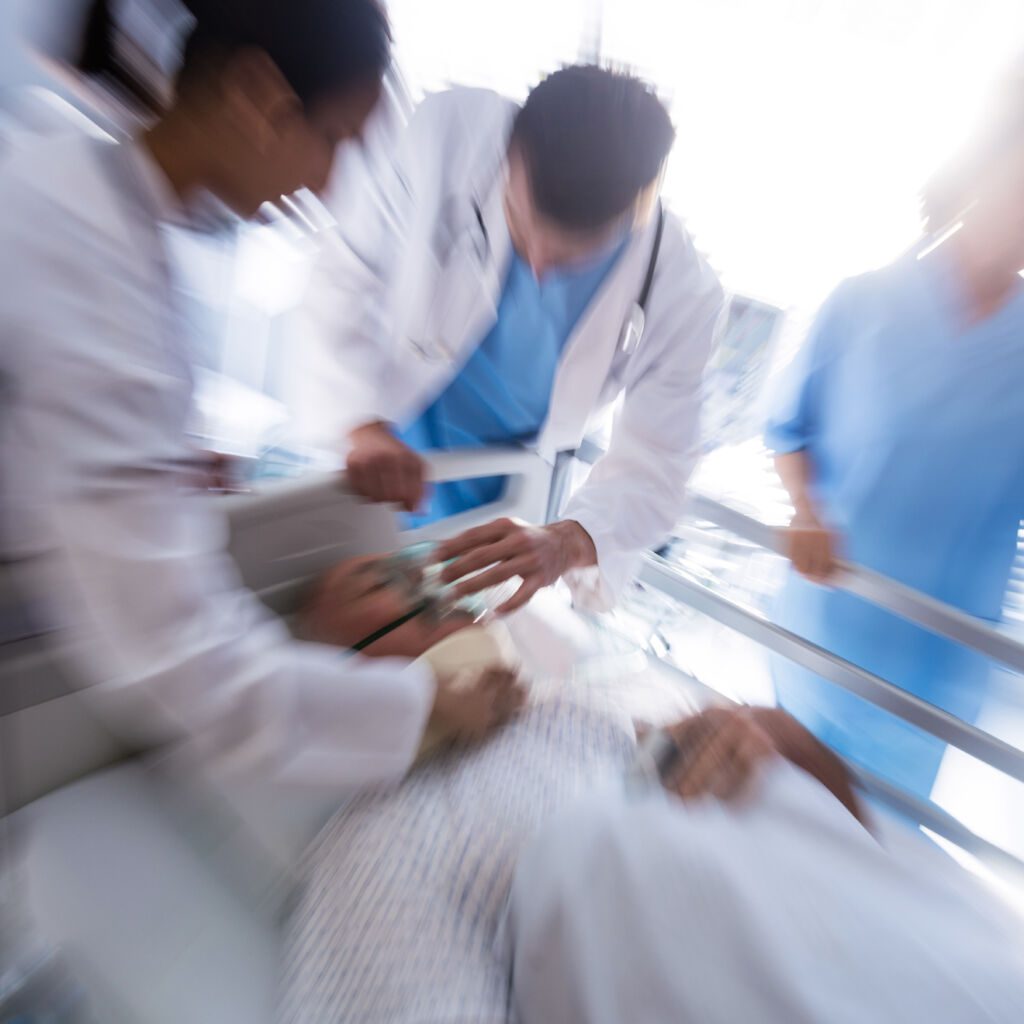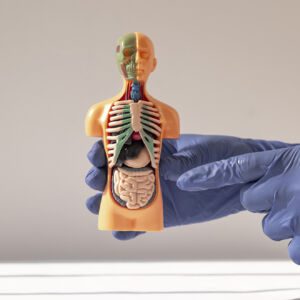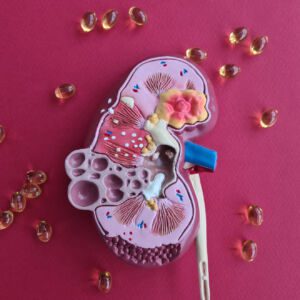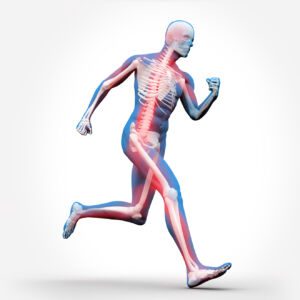Emergency Medicine and Intensive care is the immediate assessment and initial stabilisation treatment of a critically ill or injured person. It is characterised by the assessment and clinical management of life-threatening situations.
It is used during an accident, medical emergency or other unexpected illness where there is no time to make arrangements. The aim of this type of medicine is to stabilise the patients until they can be transferred to another ward or taken home safely.

The Emergency Medicine and Intensive care Cluster is equipped with the latest generation of emergency and resuscitation equipment. A team of expert doctors manages the various urgent pathologies, either in hospital or in outpatient care.
The Emergency Department receives all patients 24 hours a day, 7 days a week.
The Emergency Medicine and Resuscitation Cluster supports the following treatments: Treatment of the initial heart attack, then transfer of the patient to a specialist for follow-up, treatment of strokes, treatment of simple fractures, and provision of primary care.
You ask, our teams answer.
F.A.Q
A heart attack is a medical emergency that is treated in the Emergency Medicine and Resuscitation Department. It occurs when one or more coronary arteries become blocked, usually by a blood clot that forms in the artery wall.
A heart attack occurs when a coronary artery that supplies blood to the heart is suddenly blocked by a blood clot (thrombus) or other debris from a ruptured plaque. The blockage reduces or stops blood flow to part of the heart muscle. This leads to damage to the muscle tissue and possibly death. If myocardial death is not immediate, it can occur later as a result of an infection or a tear in the heart muscle (myocardial rupture).
The most common symptom is chest pain that lasts more than a few minutes or disappears and then comes back. Other symptoms include shortness of breath, nausea or vomiting, dizziness and tiredness. Other possible signs and symptoms are:
– Discomfort in the upper part of the body, spreading to the arms, neck, jaw or stomach
– Pain in one arm; sometimes only one arm is weakened
– Nausea
– sweating
Emergency medicine is the medical speciality that deals with the immediate diagnosis and treatment of sick patients, especially those in critical condition. Emergency doctors must be able to deal with a wide range of medical problems and have a thorough knowledge of medications, procedures and equipment. They may treat patients with heart attacks, strokes or other acute illnesses or injuries.
Emergency medicine is a field in which doctors are trained to respond quickly to life-threatening trauma, accident or illness.
The practice of emergency medicine requires the ability to care for patients with different types of illness or injury – whether caused by accident, natural causes or criminal intent – in a variety of settings, including hospitals (emergency departments), clinics, nursing homes and other acute care facilities.
Ambulatory care is a medical speciality that deals with the diagnosis and treatment of life-threatening illnesses and injuries. Ambulatory care includes both the diagnosis and treatment of non-urgent conditions and the follow-up of chronic conditions.
Ambulatory care can help people manage chronic conditions such as diabetes or heart disease, and can also be used to prevent illness before it becomes serious enough to require hospitalisation.
Resuscitation (part of our Emergency Medicine and Resuscitation pole) is the emergency medical treatment of life-threatening illnesses, injuries and poisonings. It involves the rapid recognition and treatment of life-threatening conditions to prevent death or disability.
The aim of resuscitation medicine is to restore a patient’s vital functions to a normal or near-normal state after an acute illness or injury. Resuscitation can be practised by doctors, nurses and paramedics, as well as other specially trained personnel such as emergency medical technicians and flight nurses.
Resuscitation is most commonly used for patients who have suffered cardiac arrest (when the heart stops beating), but it can also be used for other serious conditions, including stroke, drowning, head injury and drug or alcohol overdose.
Simple fractures are usually treated conservatively. This means that the fracture is not displaced and the ends of the bone are well aligned. The treatment of a simple fracture depends on the location and severity of the injury.
The treatment of simple fractures depends on the type of fracture and the age of the patient.
In adults, fractures are treated with a cast, brace or splint. In children, a cast is not usually needed because the bones heal more quickly than in adults. In most cases, children are treated with a brace or splint to prevent the broken bone from moving and damaging nearby structures such as nerves or blood vessels.







